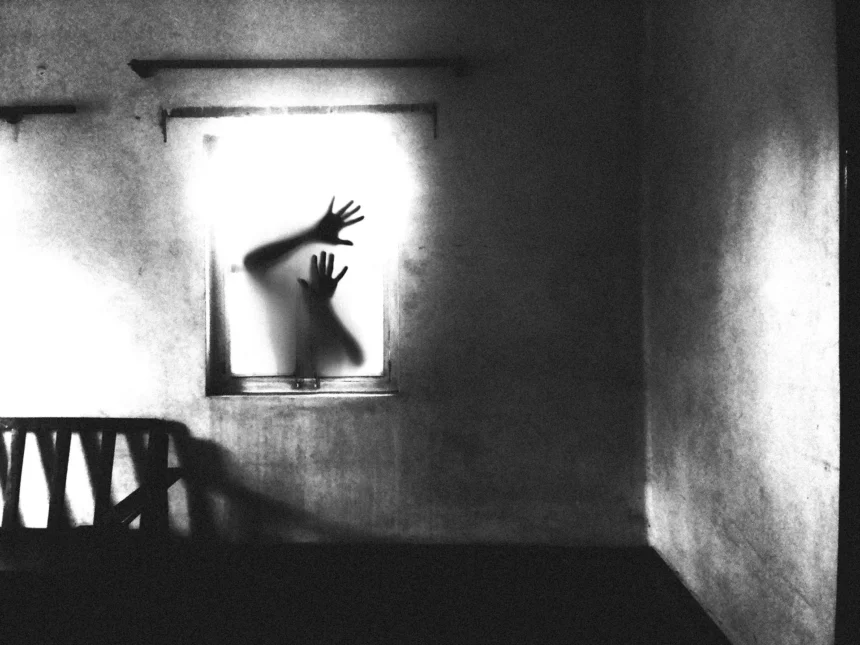Introduction
Trails Carolina, nestled in the heart of North Carolina’s majestic mountains, has gained acclaim for its unique approach to helping troubled youth. The program immerses participants in the wilderness, away from everyday distractions, aiming to facilitate transformation. However, beneath the picturesque landscapes and promises of healing lies a shadowy realm—a collection of chilling horror stories that have left many questioning the safety and ethics of this program.
The Alarming Narratives
Let’s delve into some of the most unsettling Trails Carolina horror stories, shared by former participants, parents, and staff members:
1. Isolation and Fear
One common thread weaves through these tales: the sense of isolation and fear experienced by participants. Some were taken deep into the wilderness, far from civilization, and left alone for extended periods. What was meant to encourage self-reflection sometimes devolved into a terrifying ordeal.
2. Physical and Emotional Abuse
Allegations of physical and emotional abuse at Trails Carolina are not uncommon. Participants have reported harsh discipline, verbal mistreatment, and even physical confrontations with staff members. Such actions blatantly contradict the principles of ethical therapy.
3. Lack of Proper Oversight
Many stories highlight the lack of proper oversight and accountability within Trails Carolina. This raises serious questions about the program’s practices and safety.
4. Inadequate Nutrition and Hygiene
Some horror stories touch on inadequate nutrition and hygiene standards. Participants have recounted instances where basic needs were neglected, exacerbating their distress.
5. Emotional Distress and Trauma
The emotional toll on participants cannot be overstated. Traumatic experiences have left lasting scars, impacting mental well-being long after leaving the program.
The Impact and Reactions
The Trails Carolina horror stories have reverberated far beyond the program’s boundaries:
1. Raising Awareness
These narratives have shed light on the darker side of wilderness therapy, prompting discussions and advocacy for change.
2. Emotional Toll on Participants
The emotional burden carried by those who endured these experiences is immense. Healing and recovery remain ongoing processes.
3. Parental Concern and Guilt
Parents grapple with guilt and concern, questioning their decisions to enroll their children in the program.
4. Industry Scrutiny and Reform
The wilderness therapy industry faces scrutiny, with calls for transparency, accountability, and ethical treatment.
5. Advocacy for Change
Survivors and advocates are pushing for systemic changes to prevent further horror stories.
6. Legal Action
Some families have sought legal recourse, seeking justice for their loved ones.
7. A Call for Change
Transparency, informed consent, and proper regulation are essential for the well-being of participants and their families.
Conclusion
As we navigate the shadows cast by Trails Carolina horror stories, we must strive for a wilderness therapy landscape that prioritizes safety, ethics, and genuine healing. Only then can we truly transform lives without leaving scars in the wilderness.
Remember, behind every story lies a human experience—a plea for change, understanding, and compassion.





